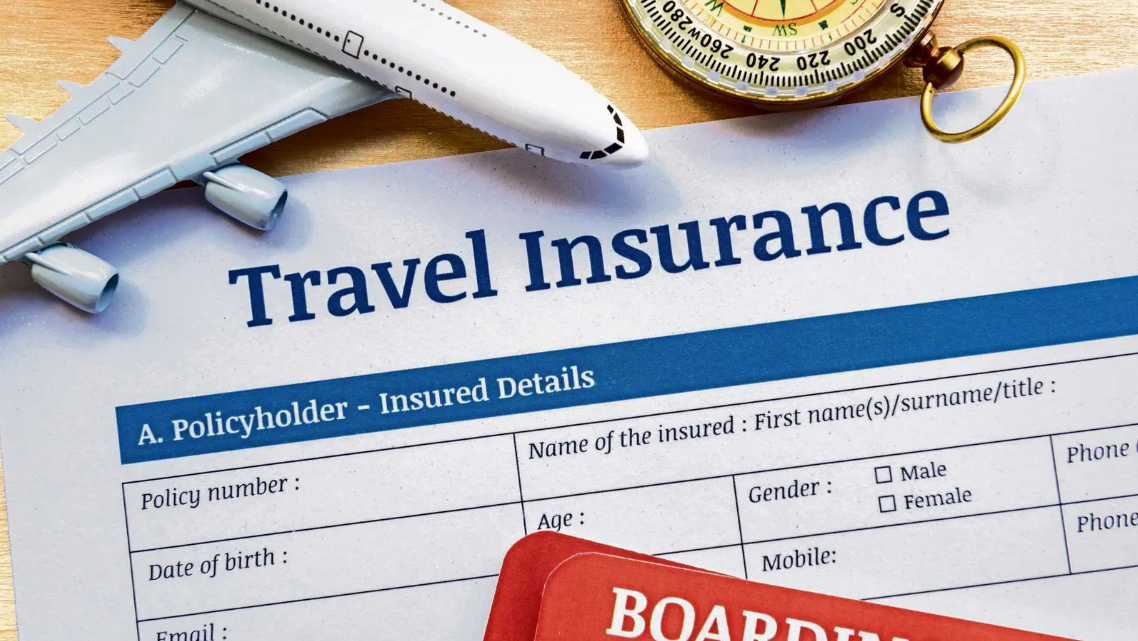Students’ Physical and Mental Health Declined During the Pandemic. Could a New Telehealth Initiative Help?
Hope that school could possibly return to regular in the tumble is swiftly dimming as new COVID-19 variants threaten to pummel communities all over the nation and COVID hospitalization prices raise.
Quite a few districts are dusting off COVID-19 security and cleaning protocols and shoring up remote learning selections. All indications place to file teacher and staff members departures at faculties across the nation. Pandemic era shortages continue to plague university districts, affecting all the things from the availability of wholesome meals for school lunches to primary classroom supplies. And that is to say very little of the impact of higher inflation and file-large fuel prices on universities. Meanwhile, university and district leaders continue to check out to regain floor in opposition to so-known as “learning loss” that transpired through the pandemic, investing in tutoring applications and summertime university options.
Confronted with these overwhelming realities, it’s understandable that university and district leaders may well place deep expenditure in students’ actual physical and psychological overall health on the back burner.
But that would be a oversight.
Children’s Overall health Is Very important to Closing the Accomplishment Gap
University student wellbeing—including physical and psychological health—is deeply intertwined with mastering outcomes. In small, wholesome little ones learn improved than youngsters who are struggling from well being-connected problems. That’s the big takeaway from many years of investigation and emerging results on the influence of the COVID-19 pandemic on pupil outcomes.
Scientists have revealed that psychological health risks—including aggression, despair, and suicidal behaviors—are usually present for pupils enduring struggles in school. On the other hand, scientists have observed a favourable correlation in between bodily exercising and individual forms of cognitive competencies, specially govt functionality. Government function includes numerous of the core competencies desired for learning: memory, consideration, organizing, and the ability to manage several duties.
Even shorter amounts of bodily activity have been shown to strengthen students’ cognition. In 1 examine, researchers questioned children to full cognitive responsibilities soon after either seeing television or partaking in bodily exercise for 30 minutes. The little ones who participated in physical exercise noticeably outperformed those who watched tv. In a further examine, scientists administered tutorial accomplishment checks following little ones walked on a treadmill at a average pace. Children who walked on the treadmill carried out much better on the accomplishment checks than these who rested prior to testing.
There’s a important fairness dimension of this study. Health difficulties disproportionately have an impact on children in lower-money communities, specifically youngsters of shade in urban places, resulting in a widening accomplishment gap. Small children in small-revenue communities are a lot more likely to encounter air pollution, foodstuff insecurity, housing insecurity, and strain, among the other factors affecting physical and mental well being, which, in flip, have an affect on discovering.
The pandemic has only exacerbated these challenges. Much more than 200,000 youngsters have misplaced a dad or mum or caregiver to COVID-19, impacting Black and Hispanic young children at practically 2 times the rate of white little ones. Researchers have documented declines in children’s mental wellness during distant finding out and social distancing. Just a several months into the pandemic, one in 3 parents reported that their child was suffering from damage to their mental or emotional health and fitness. 1 analyze located that throughout the pandemic, adolescents confirmed more signs of stress and anxiety and despair and a minimize in life gratification.
Scientists have also uncovered considerably lowered physical activity between young children throughout the pandemic, with socioeconomically disadvantaged youngsters faring especially badly. Several authorities have elevated problems that these disparities could direct to enhanced chance of diabetes, obesity, and other adverse health results for kids in the prolonged-phrase. In turn, this kind of overall health i
ssues could considerably have an effect on students’ learning—especially amongst learners from low-revenue communities—further widening an achievement gap that has turn into extra pronounced in the course of the COVID-19 pandemic.
What can colleges do about these wellness problems?
Investigate has proven that school investments in actual physical schooling and psychological wellbeing services can participate in a job in strengthening pupil understanding results. And in the course of the COVID-19 pandemic, quite a few universities have stepped up or prolonged current systems to deliver food and social services to learners and people. But with handful of properly trained counselors, nurses, or other industry experts, and with so many other demands on educators’ time and strength, it’s challenging for several schools and districts to support tackle students’ psychological and physical wellbeing at scale.
Rather, statewide initiatives give an opportunity to leverage pandemic-period learnings in order to offer you health expert services at scale. A single these kinds of product is the Mississippi Office of Education’s (MDE) partnership with the University of Mississippi Health-related Heart (UMMC) to present telehealth products and services to K-12 college students. The partnership formally introduced before this calendar year, with clinical implementation commencing in July.
Leveraging Investments in Tech for Much better Well being
The $17.6 million telehealth supply procedure grant is funded by the MDE out of the state’s COVID-19 aid money. The application will draw on UMMC staff to deliver telehealth solutions to K-12 educational institutions in Mississippi across the subsequent locations: distant urgent treatment, distant behavioral wellness, dental wellbeing education and learning, and life-style coaching of college students at possibility for developing diabetes.
UMMC will conduct requirements assessments with educational facilities and districts, and set up and keep the system domestically, instruction school nurses and other workers on how to use the program. UMMC employees will convene neighborhood stakeholders to detect targets and metrics to evaluate locally and will go on to keep track of development for the period of the grant. The method will initially be available in 4 districts, but telehealth providers will develop to all districts all over the condition by July 2023.
The aim of the method? To use preventative services to boost well being results of Mississippi’s college students, in buy to increase learning.
Carey Wright, the recently retired Mississippi condition superintendent of education and learning, discussed the targets of the partnership this way: “Healthy pupils study improved. … This software can most likely reduce absenteeism, enable mothers and fathers and guardians get a lot quicker accessibility to solutions for a child and even conserve life.”
The MDE leverages the technological ability that the MDE has built by its Mississippi Connects program. That initiative presents computing gadgets to pupils and teachers all through the point out, and provides the infrastructure to assist use of these products, which includes qualified improvement, software, curricula, broadband, and other assets. These devices and providers are critical for pupils accessing telehealth companies.
The telehealth partnership also leverages the skills of UMMC’s experts in providing telehealth solutions. UMMC’s Heart for Telehealth has more than 200 web-sites in 73 of the state’s 82 counties and has expanded its telehealth capacity all through the pandemic.
That attain and abilities has been significantly significant for serving the state’s most vulnerable populations, according to Dr. Saurabh Chandra, main telehealth officer at UMMC’s Center for Telehealth. “Telehealth has presented suggests to increase entry and shipping and delivery of treatment, in particular in the rural and underserved communities,” Chandra claims.
It’s far too shortly to say how productive the partnership will be. But the MDE’s telehealth partnership with UMMC has the promise to tackle health and fitness disparities that have develop into much more pronounced throughout the pandemic, and that threaten students’ studying. It’s a design that other states would be clever to observe.





